Etch Channels – What Are They All About?
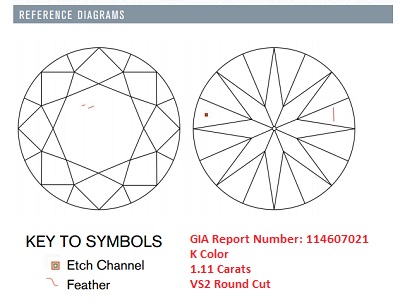
How an etch channel is depicted in GIA reference diagrams.
One of our readers sent in a very interesting question after reading about an unusual comment found in a GIA grading report. The question he asked was “What is an etch channel? I found this being plotted on a GIA certificate from one of my shortlisted VS2 diamond. Could you kindly shed some light on what this is?”
So, What is an Etch Channel?
An etch channel is basically a hollow tunnel that forms at the diamond’s surface and penetrates into its body. Its appearance can be very similar to inclusions caused by an internal laser drilled treatment but they could also exist in different forms such as parallel lines or irregular worm-like structures.
Photographs depicting the different shapes and appearances of etched-channels
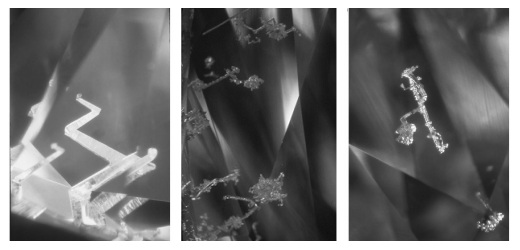
Source: https://www.sciencedirect.com/science/article/abs/pii/S0925963500004076
Is it Natural or Man-Made?
Scientists believe etched channels are formed when diamonds are being transported from the Earth’s mantle to the surface. During that journey, high temperature fluids can sometimes “eat into” the stone’s crystalline structure. This leaves natural marks that appear in a variety of interesting figures as seen in the photographs above.
Depending on the depth of the etched channel/s, it doesn’t make economic sense for the cutter to remove excess weight from the rough just to polish out the channels.
Should You Be Worried About Etch Channels?
Since etch channels are surface breaking inclusions, the age-old question of reliability and durability will probably be a cause for concern for many shoppers. The key to answering this question is to look at the clarity grade of the stone.
Generally speaking, for diamonds with VS2 clarity or better grades, they shouldn’t have durability issues with them. Rest assured that when the labs perform an actual grading, they do take into account durability risks and severity of the inclusion/s before assigning a rating.
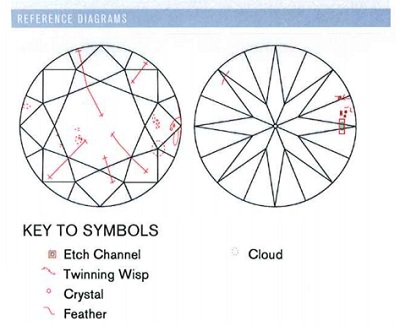
Is this SI2 diamond eyeclean and safe for purchase?
For diamonds with lower clarity grades within the SI1-SI2 ranges, it is best to visually inspect the stone for eye cleanliness or have a trained gemologist eyeball the stone on your behalf.
My recommendation is to avoid etch channels that are found on the pavilion side for practical reasons. If dirt and muck get trapped or lodged inside the tunnels, it can make cleaning very tough once the diamond is mounted on a setting.
The bottomline is, etch channels are not something I would worry about in higher clarity grades (>VS2) and I would generally avoid them in lower clarity grades (<SI1) to be safe.
If you are interested to see photographs and understand other types of commonly found inclusions in a diamond, check out this list I’ve compiled here. I hope this article has helped and if you have any further questions, feel free to leave a comment below!
Scrutinize and see exactly what the diamond looks like before you buy.
Related Articles
Leave A Comment


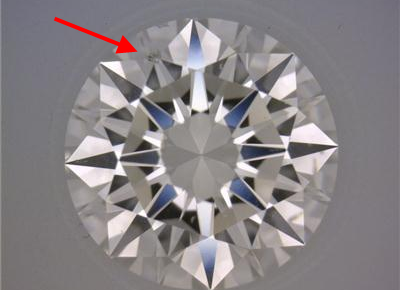
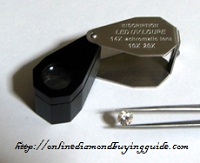
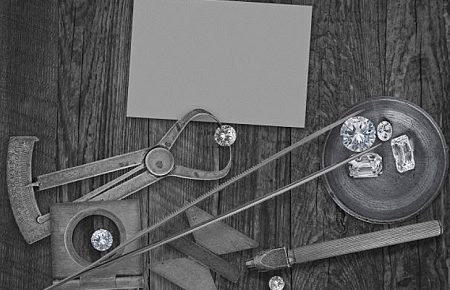
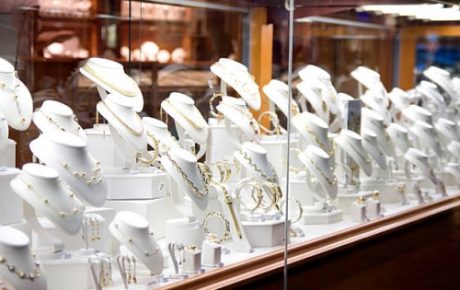









4 Comments
Found you by google and I was considering a diamond with etched channels that was shown to me in Vancouver. Having read what you wrote, I’m not comfortable with them even though GIA graded the diamond VS2.
Anyway, I’m currently in Hong Kong but I’m from Canada. I’ve done a bit of research in Canada but mostly the settings just aren’t that aesthetically pleasing and so I gave up trying to find a nice diamond ring there. Also they have these Canadian diamonds which I don’t understand the difference so I guess with my research in Canada, I didn’t come up with anything helpful in buying a diamond.
The one I’m looking at in HK (at chow tai fook) is 0.5 carats, G, VS2 for $23800 HKD. If I want the same style ring but change to IF the price jumps to 28300. The 1 carat version of it, there’s an option for VS2 H it is $53800 HKD. I can also opt for .4 carat, D, IF for 30,400 HKD.
Do these prices seem normal? My budget can go pretty high but I want to make sure I get the best deal. I showed her a ring at Costco in Canada which has better prices and she asked me the quality of the cut. She said these rings are 3 excellent which I don’t know anything about.
Out of the rings above, which is the best deal? What should I be able to compromise on and not compromise. They are all the same style – round cut set in a 18k white gold band. Ideally I would like a 1 carat but I’m a single girl buying for myself so I don’t want to be showy but please let me know if you think it’s more worthwhile to buy 1 carat vs 0.5.
Chow Tai Fook is ridiculously pricey and their rings cost as much as Tiffany’s rings even though their branding isn’t on the same level. I cannot give you any constructive advice without looking at diamond details but what I can confirm is that the ring is very expensive!
You may want to use these links to help you select a diamond:
https://beyond4cs.com/shapes/round/ideal-proportions/
https://beyond4cs.com/step-by-step-guide/
https://beyond4cs.com/best-places-to-buy-diamonds/
This article about engagement ring shopping in Hong Kong may interest you as well. As for you last question about carat sizes, it is really up to personal preferences. If you want to be more low key, go with a 0.5ct diamond.
Paul Gian
I hope that I am not imposing upon you, as I’m sure you receive far too many as it is. I have read your website off and on over the last year. I am in the market for an engagement ring finally, and while I personally am a very practical-minded scientist and appreciate your approach (buying the best cut and selecting for tangible parameters over emotional choices), the reality is that an engagement ring isn’t just for the purchaser, but for the person being proposed to as well.
As such, I have been considering specifically Tiffany Solitaire and Cartier 1895 Solitaire rings. However, as you quite rightly note in your posts, you pay a premium for the product. And as a friend who purchased a Tiffany engagement and wedding ring attests, you pay half for the blue box.
That said, and considering my budget, I am wondering your opinions on the benefits and downsides of purchasing a Tiffany or Cartier ring secondhand from a reseller (assuming all due diligence and a legitimate ring has been sourced with laser etchings and reports)?
I have read about many difficulties with Tiffany policies concerning registering used rings (I cannot find similar information about Cartier). I know that there are practical terms to consider, especially if one doesn’t want to present a ring as used (quality of packaging, condition and age of ring and associated stamps). As a secondhand boutique ring as noted can often be purchased within the price range of many of the new jewelers you mention on your website, I was hoping that you could list the potential downfalls to such a purchase.
Thank you in advance for your time and consideration.
For insights to buying a branded diamond ring, read these articles:
https://beyond4cs.com/reviews/cartier/
https://beyond4cs.com/reviews/tiffany/
Unfortunately, I don’t have much advice with regards to the registration of 2nd hand rings. It’s best to contact the companies directly for information.
Now, there’s plenty of good but not great diamonds with these brands. If you want the better stones, all you need to do is to look at tangible data. Again, unfortunately, these are not readily provided and from experience, I can tell you that most of the diamonds from these 2 companies are not truly well cut and yet a huge premium is paid on these subpar goods. Head over here to find out how to buy a Tiffany setting engagement ring without the exorbitant prices.
When dealing with second hand goods, the biggest problem I have is that there is no recourse when bad things happen. Unless you know how to size up a purchase properly, it’s hard to evaluate and pay a proper price for that purchase. If you want to go for a premium brand, get it new. It’s much safer.
Anyway, I have a close friend who required specifically a Cartier ring and made the purchase even though he knew that it isn’t going to sparkle as well as it could as he required the cartier brand stamp on the ring. To each his own, I guess. Being practical, overpaying for subpar quality is something I would never knowingly do.